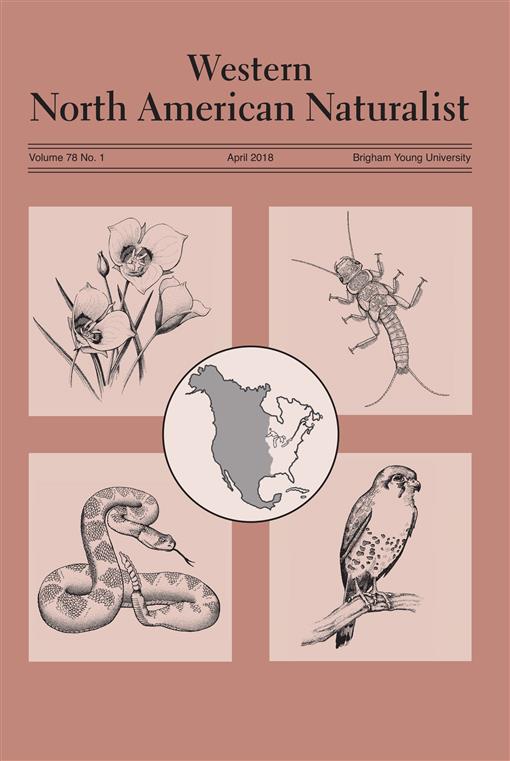On the basis of 86 photographic records, we report the presence of a relatively stable collared peccary (Pecari tajacu) population in the state of Guanajuato, Mexico. These records complement geographical and ecological information for the species along the Gulf of Mexico. The species' predominant habitat is submontane scrub, which corresponded to 54.6% of the records. Family groups (herds) were observed with 3.9 ± 2.9 (mean ± SD) individuals on average. The presence of young indicated 2 reproductive periods per year (March and August). The presence of collared peccaries in the region of greatest biological diversity in Guanajuato provides additional value to the protected areas of the state. This herbivorous species plays a fundamental ecological role as a preferred prey of this area's main predators, such as the jaguar (Panthera onca) and the cougar (Puma concolor). It is important to continue monitoring wild fauna with the purpose of delimiting distributions and estimating populations at the local level.
How to translate text using browser tools
28 March 2018
Evidence for Current Presence of a Collared Peccary (Pecari tajacu) Population in Guanajuato, Mexico
Juan F. Charre-Medellín,
J. Manuel Rangel-Rojas,
Gloria Magaña-Cota,
Tiberio C. Monterrubio-Rico,
Joel L. Charre-Luna
ACCESS THE FULL ARTICLE

Western North American Naturalist
Vol. 78 • No. 1
April 2018
Vol. 78 • No. 1
April 2018





